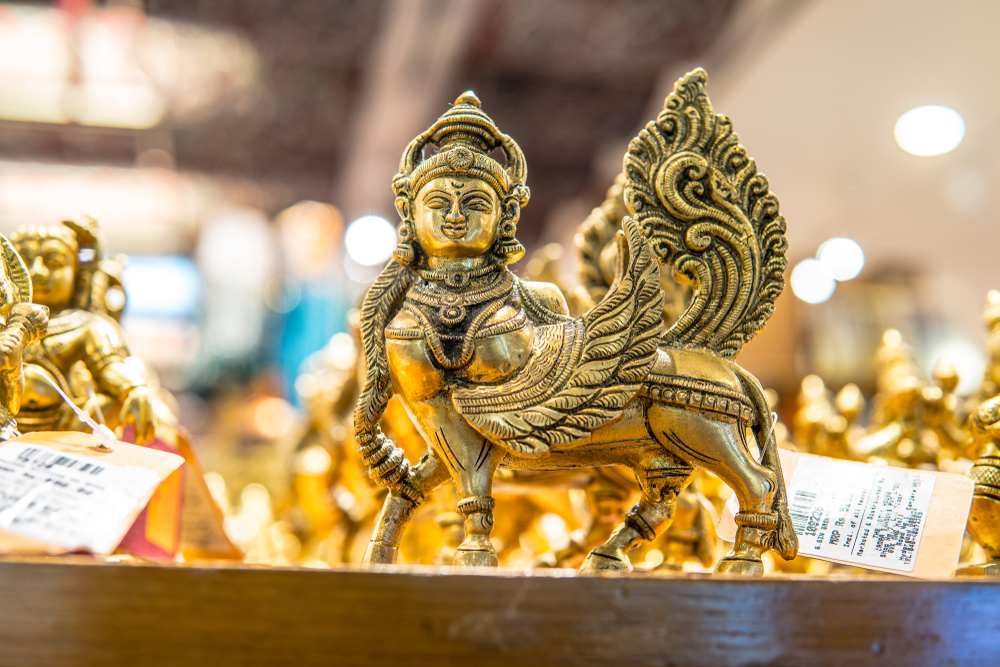
Deities play an integral part in most world religions. While the Abrahamic religions of Christianity, Judaism, and Islam all center around a monotheistic system, other groups believe in more varied pantheons. In Hinduism, for example, there are a number of important gods and goddesses. Interestingly, a number of the deities have both male and female counterparts within the religion. While this might seem confusing to outsiders, it is a very natural aspect of the religion to those who were raised in it.
Learning about the deities associated with other religions can offer you a lot of insight into how other cultures operate. Let’s gain a better understanding of Hinduism and learn a bit more about this expansive pantheon.
Holy Cow
The cow is considered a sacred animal in Hinduism. Historically speaking, the cow provided the early people of India with sustenance at a time when famine and starvation ran rampant. Due to the overwhelming importance of the cow, it makes sense that the religion would feature deities who represent these animals. One such goddess is Kamadhenu, who is known as the goddess of plenty and the “mother of all cows.” Kamadhenu is often depicted with the lower body of a cow and the head and torso of a human woman.
The worship of Kamadhenu helped elevate the cow to its current status as a sacred animal. Once cows were consumed to help starving people but now doing so is considered sacrilegious. In addition to being a goddess of cows, Kamadhenu is also considered a mother goddess of the earth. This is largely due to the fact that cows produce milk, and milk has long been viewed as a source of life for humans and other animals of the world.
Creation and Destruction
Many ancient religions feature more complicated descriptions of their deities than Western religions. In Hinduism, for example, it is common for a god or goddess to represent two diametrically opposed ideologies. These seemingly conflicting features help to showcase the divine duality of the gods. This mindset is most apparent in the goddess Kali. This is an example of a goddess who characterizes freeing the soul by way of enlightenment while simultaneously symbolizing the destruction of all known life throughout the entire universe.
According to legend, Kali was originally born to help destroy a demon. This particular demon, known as Raktabeech, used his own blood to create new demons. As Kali battled with Raktabeech, she drank a large quantity of the demon’s blood in order to prevent it from producing more demons. This caused Kali to grow more and more destructive. It came down to her husband, the god Shiva, to calm Kali and stop her from losing herself to her own anger and destructive impulses.
An Abundance of Wealth
Though Kali’s story can seem complex, other goddesses of Hinduism are slightly more straightforward. The goddess Lakshmi is said to represent fertility and wealth. During her festival, people will clean their homes in an attempt to gain her favor. Lakshmi symbolizes abundance in all forms. She characterizes physical abundance in the form of wealth and fortune and simultaneously signifies spiritual abundance in the form of joy and glory. Lakshmi is often depicted standing on a blossoming lotus, symbolizing her connection with the several forms of wealth.
The pantheon of Hinduism is comprised of myriad gods and goddesses who represent all aspects of existence. The more you learn about these figures, the easier it becomes to gain a sound understanding of the belief systems practiced by other people of the world.

